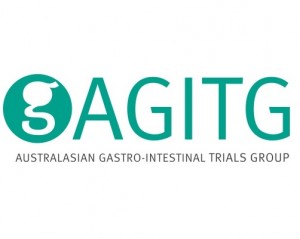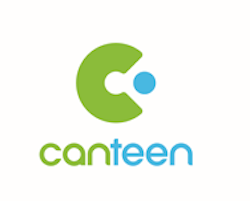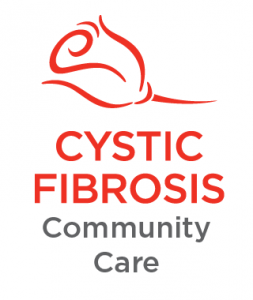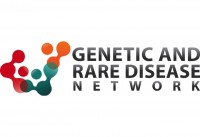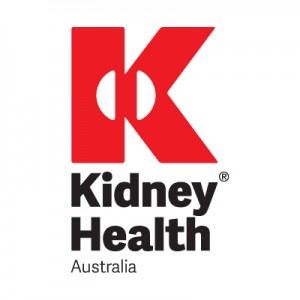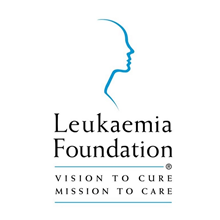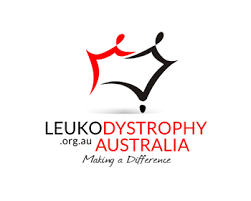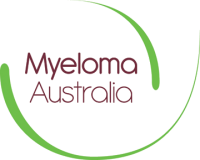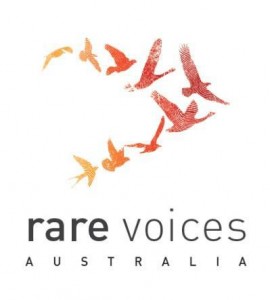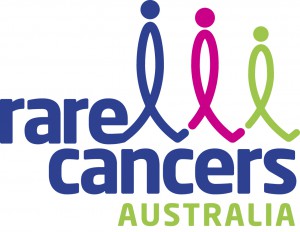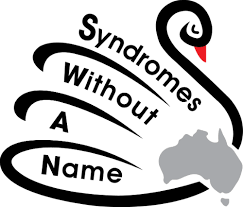About us

Genomics in the Community Project
 Genomic testing is becoming more widely used in health care in Australia. However, genomic testing has limitations and sometimes complex implications for people and their families. Australians who are accessing genomic testing need to understand the possible benefits and risks associated with these new technologies.
Genomic testing is becoming more widely used in health care in Australia. However, genomic testing has limitations and sometimes complex implications for people and their families. Australians who are accessing genomic testing need to understand the possible benefits and risks associated with these new technologies.
The Genomics in the Community project is a collaboration between Australian Genomics and Patient Advocacy Groups. We aim to make sure Australians have access to reliable and up-to-date information about genomics and genomic testing.
If you would like to use any of the resources provided on this website, please see our Terms of Use.
Australian Genomics

Australian Genomics is an independent research collaboration launched in 2016 to build the evidence and inform policy for the integration of genomics into mainstream healthcare. It represents 80 organisations including hospitals, research institutes, universities, sequencing laboratories and community groups across Australia. Visit the Australian Genomics website here.
What are Patient Advocacy and Support Groups?
Patient Advocacy and Support Groups are non-profit organisations that provide a range of services to advocate for and support people affected by genetic conditions and their families. There are Patient Advocacy and Support Groups for many genetic conditions in Australia.

Services provided may include:
- Connecting Australians living with the same condition
- Offering emotional support for patients and families
- Raising awareness in the broader community
- Providing information for patients and their families
- Countering discrimination
- Lobbying for optimal treatment and care
- Promoting research and fundraising
- Support families during genetic/genomic testing
Patient Advocacy and Support Groups may be a good source of support and information for families during the process of genetic/genomic testing.
Patient Advocacy and Support Groups
The following groups contributed to the Genomics in the Community project through a variety of different methods. These included attending workshops to establish the main themes for patients seeking information on genomic testing, providing patient genomic materials they developed and evaluating the usefulness of external patient genomic materials for their target audiences.

